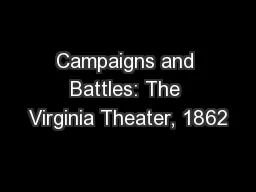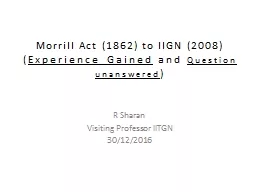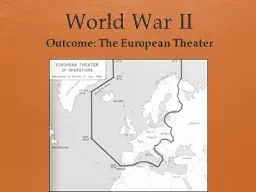PPT-Campaigns and Battles: The Virginia Theater, 1862
Author : kittie-lecroy | Published Date : 2018-09-30
Start of Test 3 After routing Pope he is replaced by McClellan Lee soon went on the offensive again heading north through western Maryland and McClellan moved
Presentation Embed Code
Download Presentation
Download Presentation The PPT/PDF document "Campaigns and Battles: The Virginia Thea..." is the property of its rightful owner. Permission is granted to download and print the materials on this website for personal, non-commercial use only, and to display it on your personal computer provided you do not modify the materials and that you retain all copyright notices contained in the materials. By downloading content from our website, you accept the terms of this agreement.
Campaigns and Battles: The Virginia Theater, 1862: Transcript
Download Rules Of Document
"Campaigns and Battles: The Virginia Theater, 1862"The content belongs to its owner. You may download and print it for personal use, without modification, and keep all copyright notices. By downloading, you agree to these terms.
Related Documents














